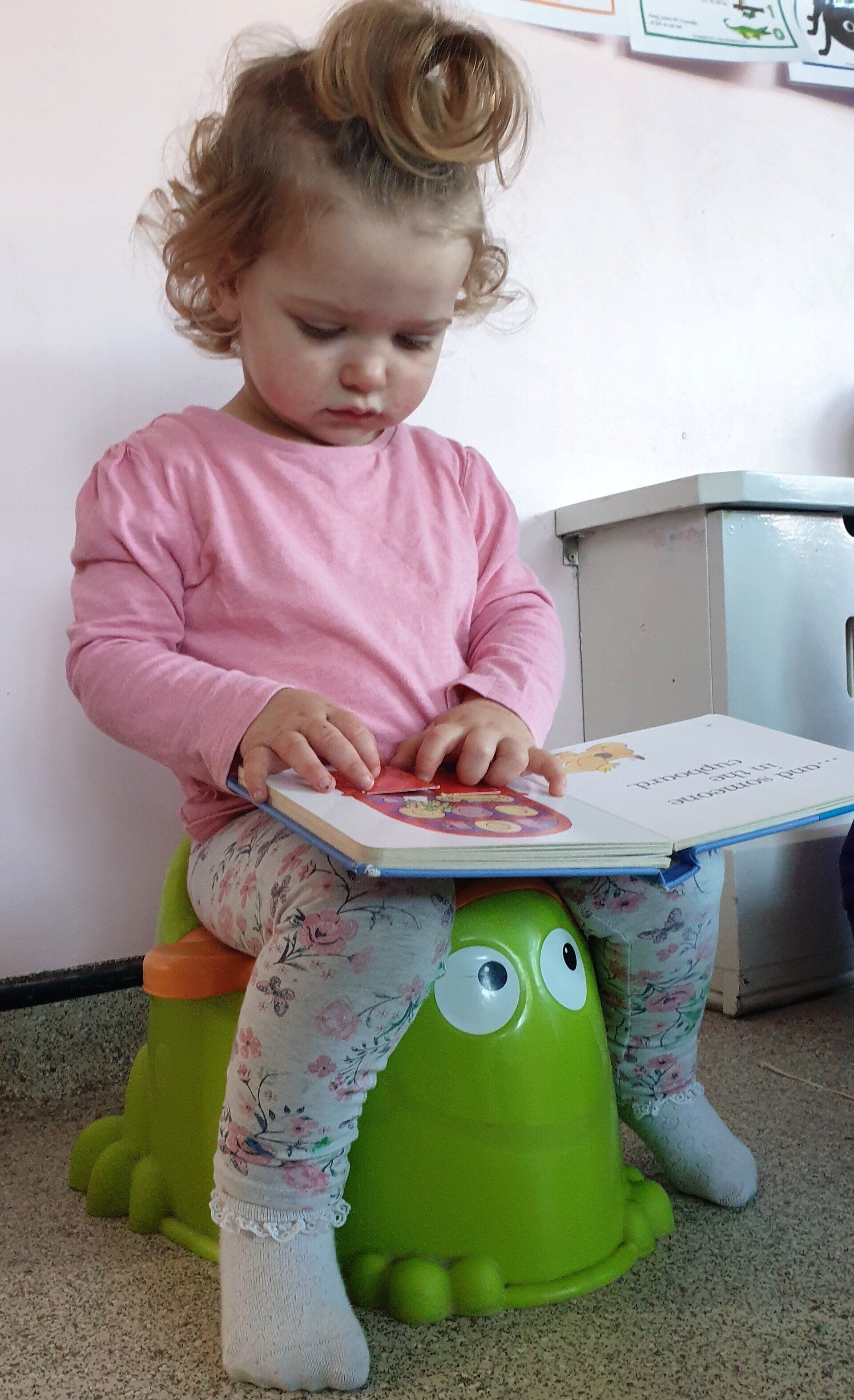Sleep Routine Tips
Tips and Techniques to help you and your child to establish a Bedtime/Sleep Routine
As a parent, it can be difficult to stick to a routine or to change a routine that doesn't work for you. Does your baby sleep all day and stay awake most of the night? Sleepless nights are one of the toughest parts of being a parent but don't despair. Here are some practical tips and simple techniques to help you through those sleepless nights.
For younger babies (0-6months)
Newborn babies are not born with the ability to tell the difference between day and night. This is often the reason some seem to sleep all day and are awake most of the night.
Make night and day different - when sleeping/napping during the day try to make noise and move freely around the house to get the baby used to some noise around. During the day make sure you go out for a walk, pop in the shop. Keep the surroundings bright and colourful (parks, shops, don't black out the rooms). In the evenings make everything a little darker, calmer and more gentle.
Routines - A regular bedtime and regular daily naps around the same time each day certainly help your little one to get into a good sleep habit (routine). Combine this with regular mealtimes, playtimes and activities and you will help your little one to understand what happens at different times of the day. Try to ensure that your baby takes their day naps in their cot rather than prams, car seats or your bed. The more naps they have in their cot, the better bedtimes will be and an easier transition to a nursery sleep routine.
Some parents try baby massage as part of their child's bath time/ bed time routine. If your child enjoys it, continue, if they don't then maybe just some lullabies or relaxing music will help them relax before bedtime.
To help your baby settle in their cot at night, try to avoid rocking or snuggling them to sleep on you or in your bed. Instead have a cuddle, a story, relaxing music and soft lighting (if any) and put them in their cot while they are awake. That way they fall asleep in their cot without the need of rocking or cuddles.
(Please see below our Sleep routine and daily routine for under 2's)
Sleep Safety tips
Cot safety, bedding and bumpers: your questions answered
https://www.nct.org.uk › Baby & toddler › Sleep
Just a little reassurance, some babies do find it difficult to sleep in their cot so by being consistent with a Sleep routine and with some perseverance your baby will sleep independently within a couple of weeks.
If you need any advice or support, please give us a call on 0208 4408822.



